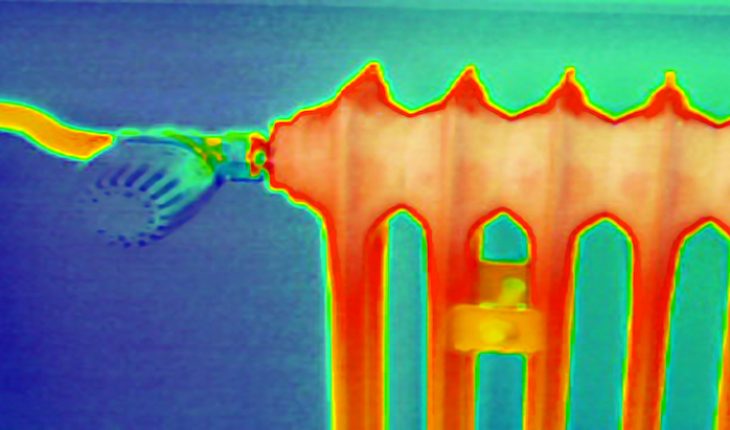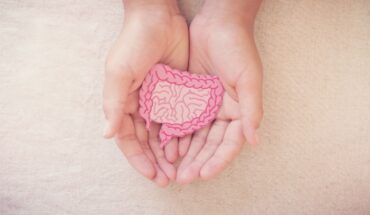Mammograms, or X-ray pictures of the breast, have been used for decades to detect early stage cancers. They are a useful tool but they have their drawbacks, not least that they do not work well in women who have dense breast tissue, who tend to be younger, and they only pick up masses that are at least 1cm. For a long time, I have been convinced that the medical community is missing out by not also using a much simpler diagnostic tool which is also more effective at picking up early stage abnormalities in the breast – thermography which looks for physiological changes in breast tissues shown up by abnormal heat patterns as well as abnormal vascular patterns. This technique, which can be used on women with dense breast tissue, uses no harmful radiation and can be done using a laptop connected to an infrared camera so is eminently transportable and cheap.
In studies, it has been shown that thermography is about 90 per cent accurate when it comes to detecting problems in the breast, which may be caused by infection, inflammation or pre-cancer. Women who have these changes can put under observation and given help to reverse the process.
One such intervention should be Vitamin D supplementation. Vitamin D plays a role in helping to protect people against cancer and women who develop breast cancer who have low Vitamin D levels have poorer outcomes. I always advise my patients to have their levels checked and if their levels fall below 100millimoles per litre of blood, they should consider taking a Vitamin D supplement alongside a Vitamin K2 supplement to help prevent any potential rogue calcification (this combination has the benefit of helping to build bone density).
Iodine is also known to protect the ovaries and breast tissue and is often deficient in our diet due to the fact we eat low levels of seafood, seaweed and sea salt.
In my own practice, the vast majority of women who have an abnormal thermogram but alter their lifestyle, diet and correct specific nutrient deficiencies to improve their breast physiology have normal scans after 6 months to a year’s follow-up.
Thermography is already approved by the FDA as an adjunctive tool for diagnosis and I think it could play an important role in helping to pinpoint women at risk long before mammograms can be effective. Furthermore, there is sufficient evidence to support that correction of certain nutrient imbalances can positively impact on breast physiology.
- Strengthening resilience to viral threats: Covid-19 - 6th April 2020
- Can Thermal Imaging Detect Breast Cancer? - 18th November 2019
- The critical role of phyto-nutrients - 12th April 2018






